Home>Home Appliances>Home Automation Appliances>What Type Of Battery Does Nest Thermostat Use
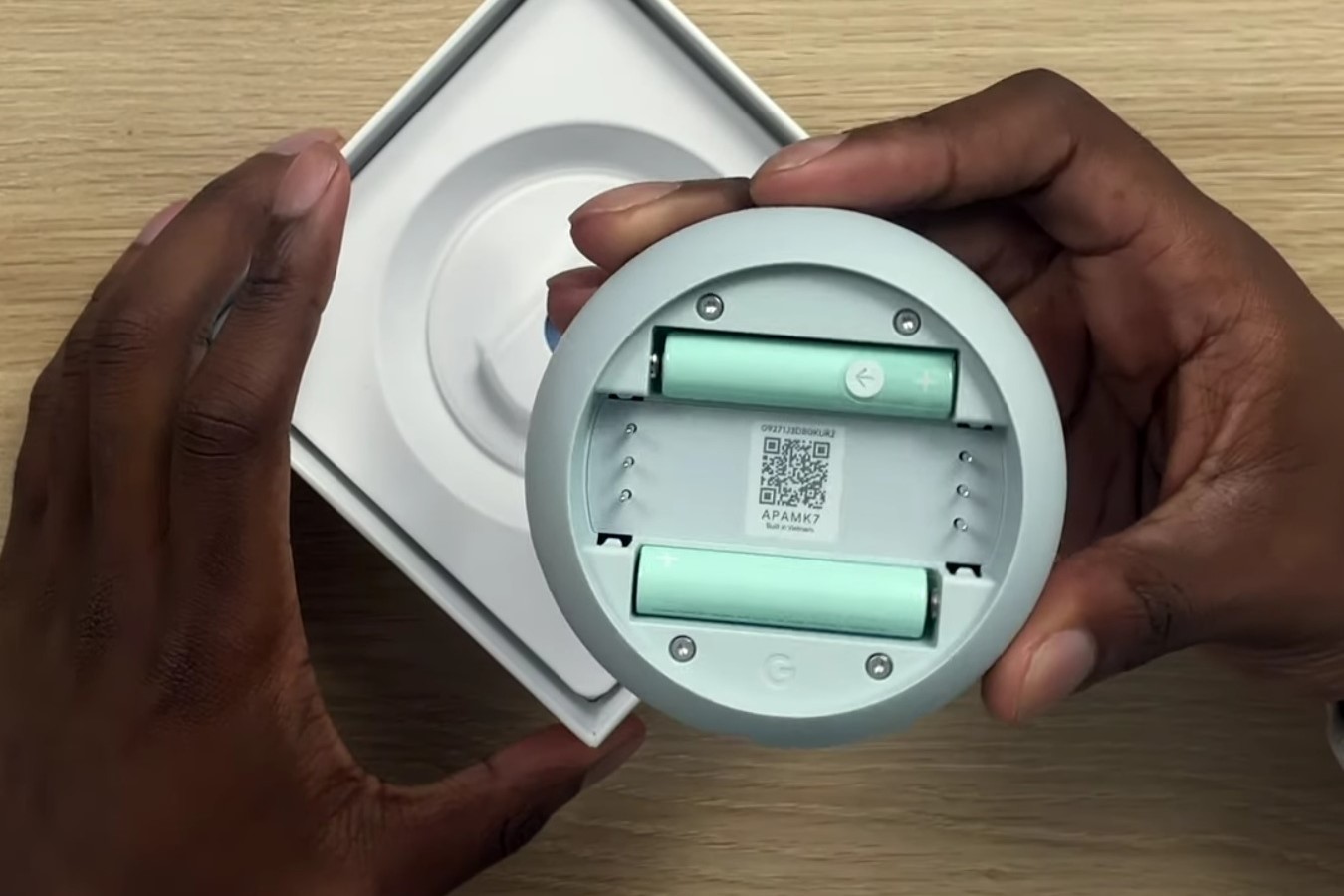

Home Automation Appliances
What Type Of Battery Does Nest Thermostat Use
Modified: May 6, 2024
Discover the ideal battery for your Nest thermostat and ensure seamless operation of your home automation appliances. Explore the best options for optimal performance.
(Many of the links in this article redirect to a specific reviewed product. Your purchase of these products through affiliate links helps to generate commission for Storables.com, at no extra cost. Learn more)
**
Introduction
**
Welcome to the world of smart home technology, where convenience and energy efficiency converge to revolutionize the way we interact with our living spaces. At the heart of this technological evolution sits the Nest Thermostat, a sleek and intelligent device designed to optimize home climate control while conserving energy. As an integral component of the Nest ecosystem, the thermostat offers a seamless and intuitive interface that adapts to your lifestyle, learns your preferences, and helps you save on energy costs.
One of the key considerations when it comes to the Nest Thermostat is its power source. Unlike traditional thermostats that are wired directly into the home’s electrical system, the Nest Thermostat relies on batteries to function. This unique power requirement raises questions about the type of batteries needed, their lifespan, and the best options for ensuring uninterrupted operation.
In this comprehensive guide, we will delve into the world of Nest Thermostat batteries, exploring the different types available, their advantages and disadvantages, and how to choose the right one for your specific needs. By the end of this journey, you will be equipped with the knowledge to make informed decisions about powering your Nest Thermostat, ensuring that it continues to provide comfort and efficiency in your home for years to come.
**
Key Takeaways:
- Choose lithium batteries for long-lasting power and reliability, or opt for cost-effective alkaline batteries. Consider environmental impact, temperature resilience, and budget for the ideal Nest Thermostat battery.
- The Nest Thermostat offers intelligent climate control and energy-saving insights. Select the right battery type to sustain its performance and contribute to a sustainable living environment.
Understanding Nest Thermostat
**
Before we delve into the intricacies of Nest Thermostat batteries, it’s essential to grasp the fundamental workings of this innovative device. The Nest Thermostat represents a paradigm shift in home climate control, combining cutting-edge technology with user-friendly features to deliver a truly intelligent heating and cooling solution.
At its core, the Nest Thermostat is designed to learn and adapt to your daily routines, preferences, and the unique thermal characteristics of your home. Through advanced algorithms and machine learning, it observes your temperature adjustments, schedules, and occupancy patterns, allowing it to create a personalized heating and cooling plan that maximizes comfort and energy efficiency.
Furthermore, the Nest Thermostat boasts a sleek and modern design, featuring a vibrant display that provides real-time feedback on temperature, weather forecasts, and energy consumption. Its intuitive interface enables seamless interaction, whether through the physical device, a mobile app, or voice commands via compatible smart assistants.
Another standout feature of the Nest Thermostat is its ability to integrate with other smart home devices, forming a cohesive ecosystem that enhances overall home automation. By connecting to lights, sensors, and other compatible appliances, the Nest Thermostat can orchestrate a harmonized environment that optimizes comfort while minimizing energy waste.
Moreover, the Nest Thermostat offers energy-saving insights and recommendations, empowering users to make informed decisions about their heating and cooling habits. Through detailed reports and personalized tips, it encourages sustainable usage patterns, ultimately leading to reduced energy bills and a smaller environmental footprint.
Overall, the Nest Thermostat represents a leap forward in home climate control, blending intelligent automation, energy efficiency, and user-centric design. Understanding the capabilities and intricacies of this innovative device sets the stage for exploring the crucial aspect of powering it with the right batteries.
Types of Batteries Used in Nest Thermostat
When it comes to powering the Nest Thermostat, the type of batteries you choose can significantly impact its performance and longevity. The Nest Thermostat is compatible with various battery options, each with its own set of characteristics and considerations. Understanding the different types of batteries available for the Nest Thermostat is essential for making an informed decision that aligns with your specific needs and preferences.
- Lithium Batteries: Lithium batteries are a popular choice for the Nest Thermostat due to their long-lasting power and reliability. These batteries are known for their exceptional performance in both high and low temperatures, making them well-suited for climate control applications. Additionally, lithium batteries have a relatively low self-discharge rate, meaning they can hold their charge for extended periods, reducing the frequency of replacements.
- Rechargeable Batteries: While the Nest Thermostat is not designed to be used with rechargeable batteries, some users may consider this option for its eco-friendly and cost-effective attributes. However, it’s important to note that the Nest Thermostat is optimized for single-use batteries, and using rechargeable ones may lead to compatibility issues and suboptimal performance.
- Alkaline Batteries: Alkaline batteries are widely available and offer a cost-effective power source for the Nest Thermostat. They provide reliable performance and are suitable for moderate to low-drain devices, making them a practical choice for powering the thermostat. However, compared to lithium batteries, alkaline batteries may have a shorter lifespan and are more susceptible to performance degradation in extreme temperatures.
Each type of battery comes with its own set of advantages and considerations, and the choice ultimately depends on factors such as budget, environmental impact, and performance expectations. It’s important to weigh these factors carefully to select the most suitable battery type for your Nest Thermostat.
The Nest Thermostat uses a built-in rechargeable lithium-ion battery. It is charged using the HVAC system’s low voltage power.
Advantages and Disadvantages of Different Battery Types
Understanding the pros and cons of the various battery types compatible with the Nest Thermostat is crucial for making an informed decision that aligns with your specific requirements. Each type of battery offers distinct advantages and considerations, impacting factors such as longevity, performance, and environmental impact.
- Lithium Batteries:
Lithium batteries are renowned for their exceptional performance and longevity, making them a popular choice for powering the Nest Thermostat. Their advantages include:
- Long-lasting power, reducing the frequency of battery replacements.
- Reliable performance in both high and low temperatures, ensuring consistent operation in diverse climates.
- Low self-discharge rate, allowing the batteries to retain their charge for extended periods.
However, it’s important to consider the following potential disadvantages of lithium batteries:
- Higher initial cost compared to other battery types, impacting overall maintenance expenses.
- Environmental considerations related to disposal and recycling of lithium batteries.
- Rechargeable Batteries:
While rechargeable batteries offer eco-friendly and cost-saving benefits, their use with the Nest Thermostat presents specific advantages and disadvantages:
- Environmental sustainability, as rechargeable batteries can be reused multiple times, reducing waste.
- Cost-effectiveness over the long term, especially for users with high battery consumption.
However, rechargeable batteries may pose the following challenges when used with the Nest Thermostat:
- Potential compatibility issues and suboptimal performance due to the thermostat’s optimization for single-use batteries.
- Requirement for a compatible charging system and the inconvenience of frequent recharging.
- Alkaline Batteries:
Alkaline batteries are known for their widespread availability and reliability, offering the following advantages:
- Cost-effective power source, making them an economical choice for budget-conscious users.
- Reliable performance for moderate to low-drain devices, including the Nest Thermostat.
However, it’s important to consider the potential drawbacks of alkaline batteries:
- Shorter lifespan and higher likelihood of performance degradation compared to lithium batteries.
- Environmental impact related to disposal and the need for frequent replacements.
By carefully weighing these advantages and disadvantages, you can make an informed decision about the most suitable battery type for your Nest Thermostat, ensuring optimal performance and cost-effectiveness in the long run.
Choosing the Right Battery for Your Nest Thermostat
When it comes to selecting the ideal battery for your Nest Thermostat, several factors come into play, each influencing the overall performance, convenience, and cost-effectiveness of the power source. By considering the following key aspects, you can make an informed decision that aligns with your specific needs and preferences.
- Longevity and Reliability: If you prioritize long-lasting power and consistent performance, lithium batteries are a compelling choice. Their exceptional durability and low self-discharge rate ensure extended operation without the need for frequent replacements. However, if cost-effectiveness is a primary concern, alkaline batteries provide a reliable power source at a more affordable price point.
- Environmental Impact: For environmentally conscious users, the sustainability of the chosen battery type is a significant consideration. While lithium batteries offer superior longevity, their disposal and recycling processes may have a greater environmental impact compared to alkaline batteries. Rechargeable batteries present an eco-friendly option but may pose compatibility challenges with the Nest Thermostat.
- Temperature Considerations: If your location experiences extreme temperatures, especially in the context of seasonal variations, opting for lithium batteries is advisable. Their resilience in both high and low temperatures ensures uninterrupted operation, making them well-suited for diverse climate conditions. Alkaline batteries may exhibit performance degradation in extreme temperatures, warranting more frequent replacements in such environments.
- Budget and Cost-Efficiency: Assessing the long-term cost implications of the chosen battery type is essential. While lithium batteries may have a higher initial cost, their extended lifespan and low self-discharge rate contribute to long-term cost savings. Alkaline batteries offer an economical upfront investment but may necessitate more frequent replacements, impacting overall maintenance expenses.
Ultimately, the decision to choose the right battery for your Nest Thermostat hinges on a balance of these factors, tailored to your unique preferences and circumstances. By evaluating the trade-offs between longevity, environmental impact, temperature resilience, and cost-effectiveness, you can identify the battery type that best suits your priorities.
Once you’ve identified the ideal battery for your Nest Thermostat, it’s essential to follow the manufacturer’s recommendations for installation and maintenance, ensuring seamless compatibility and optimal performance. With the right battery in place, your Nest Thermostat will continue to deliver efficient and personalized climate control, enhancing comfort and energy savings in your home.
Conclusion
As we conclude our exploration of Nest Thermostat batteries, it’s evident that the power source plays a pivotal role in sustaining the device’s intelligent functionality and energy-efficient operation. The diverse array of battery options, including lithium, rechargeable, and alkaline variants, presents users with a spectrum of choices, each carrying its own set of advantages and considerations.
By understanding the nuances of these battery types and their implications for longevity, environmental impact, temperature resilience, and cost-effectiveness, users can make informed decisions that align with their unique priorities and circumstances. Whether prioritizing long-lasting power, environmental sustainability, temperature resilience, or budget-consciousness, the right battery choice can enhance the overall performance and convenience of the Nest Thermostat.
Furthermore, the Nest Thermostat stands as a beacon of innovation in the realm of smart home technology, offering intuitive climate control, energy-saving insights, and seamless integration with other smart devices. Its ability to adapt to user preferences, learn from daily routines, and optimize energy usage underscores its role as a cornerstone of modern home automation.
As technology continues to evolve, the importance of sustainable and efficient power sources for smart home devices becomes increasingly pronounced. The Nest Thermostat exemplifies this convergence of innovation and sustainability, and the choice of an appropriate battery type further reinforces the device’s commitment to long-term performance and environmental responsibility.
Ultimately, the journey of selecting the right battery for your Nest Thermostat is a nuanced and personalized endeavor, guided by a balance of performance, sustainability, resilience, and cost-effectiveness. With the knowledge gained from this guide, users are empowered to make informed choices that ensure uninterrupted operation and optimal energy efficiency for their Nest Thermostat, contributing to a more comfortable and sustainable living environment.
As you embark on this journey, may your Nest Thermostat continue to enrich your home with its intelligent climate control, personalized insights, and seamless integration, powered by the ideal battery choice that aligns with your unique needs and values.
Curious about stepping up home management? Dive into our guide on the latest home automation systems, perfect for streamlining daily tasks and enhancing household efficiency. Meanwhile, if you're keen on optimizing your indoor climate, our detailed look into HVAC control systems will shed some practical insights. These reads are sure to provide valuable tips and tricks for any modern homeowner.
Frequently Asked Questions about What Type Of Battery Does Nest Thermostat Use
Was this page helpful?
At Storables.com, we guarantee accurate and reliable information. Our content, validated by Expert Board Contributors, is crafted following stringent Editorial Policies. We're committed to providing you with well-researched, expert-backed insights for all your informational needs.
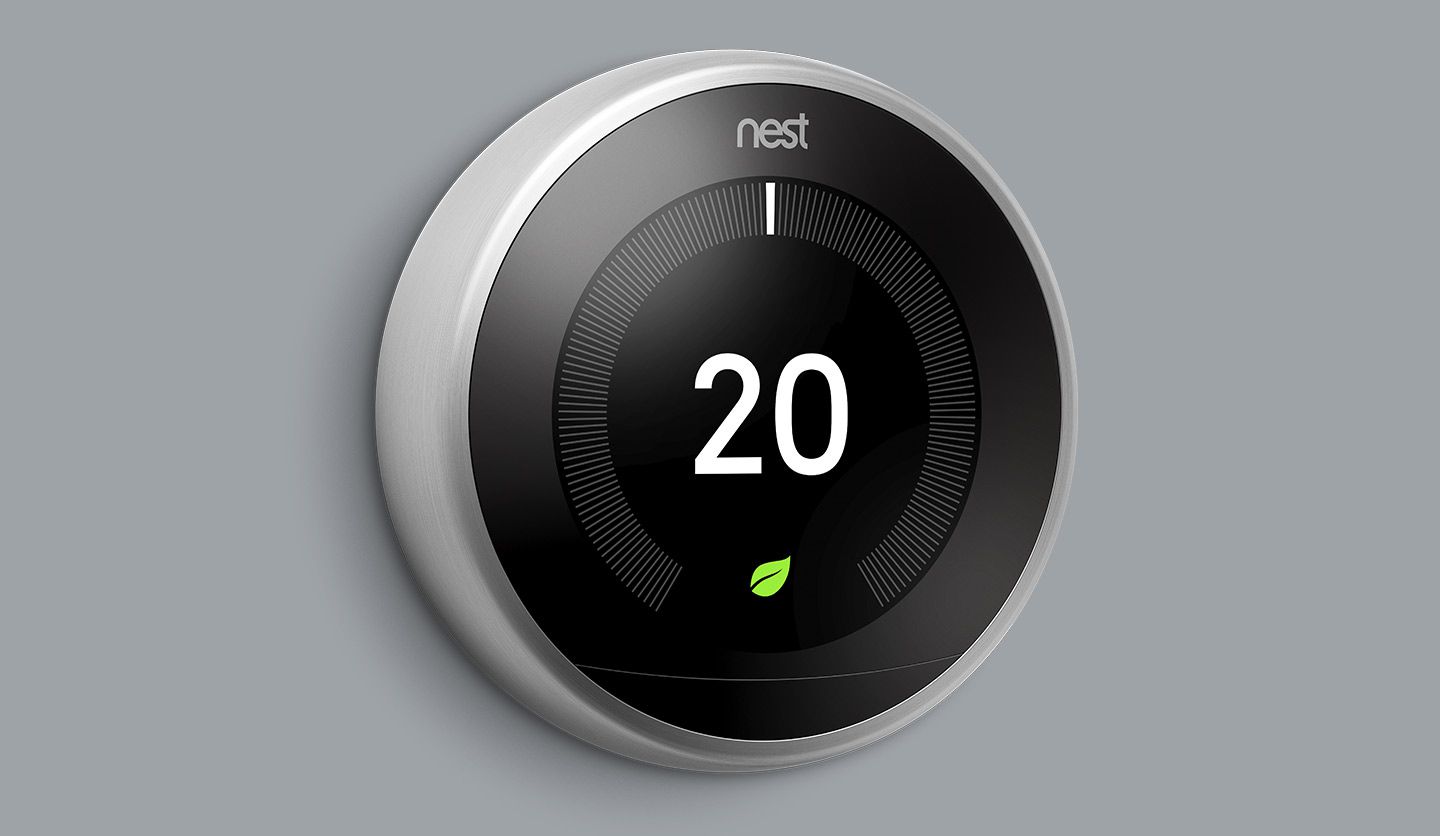
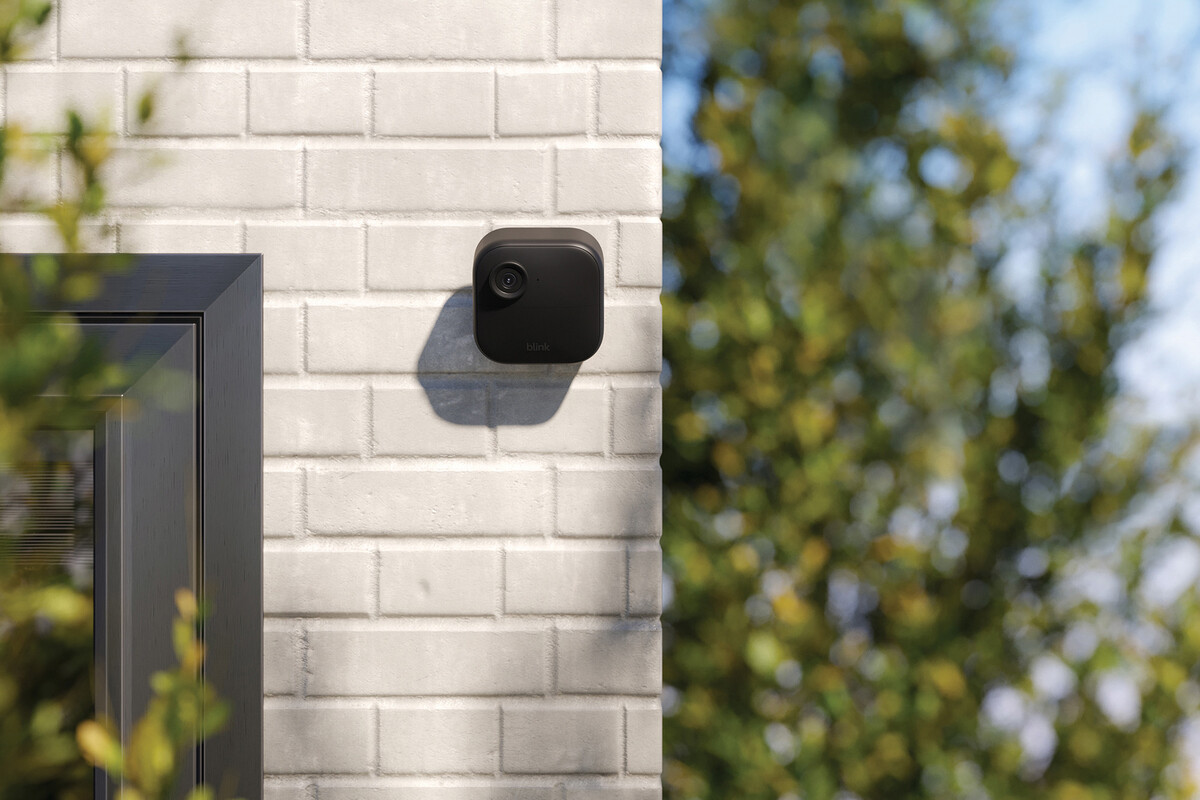
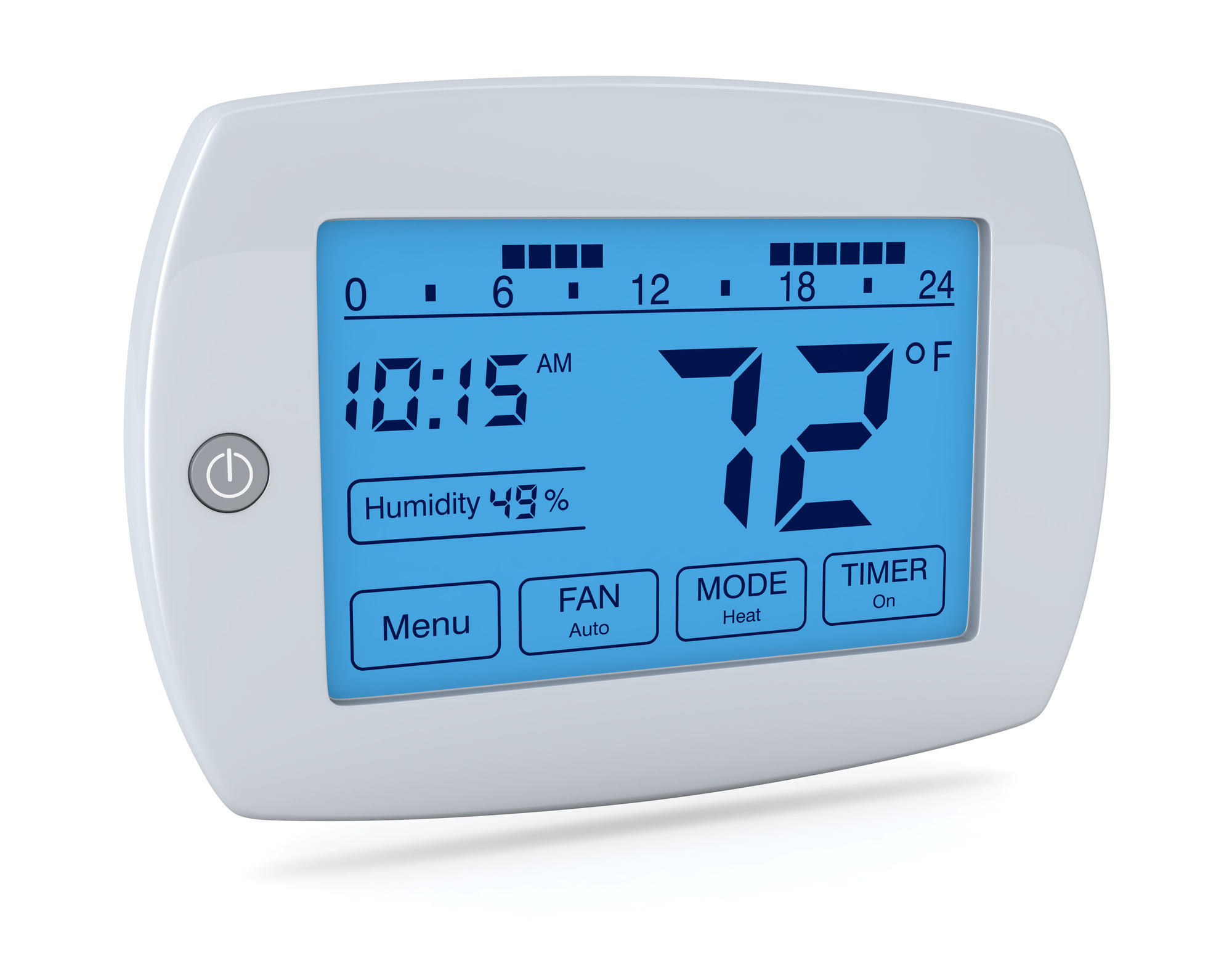

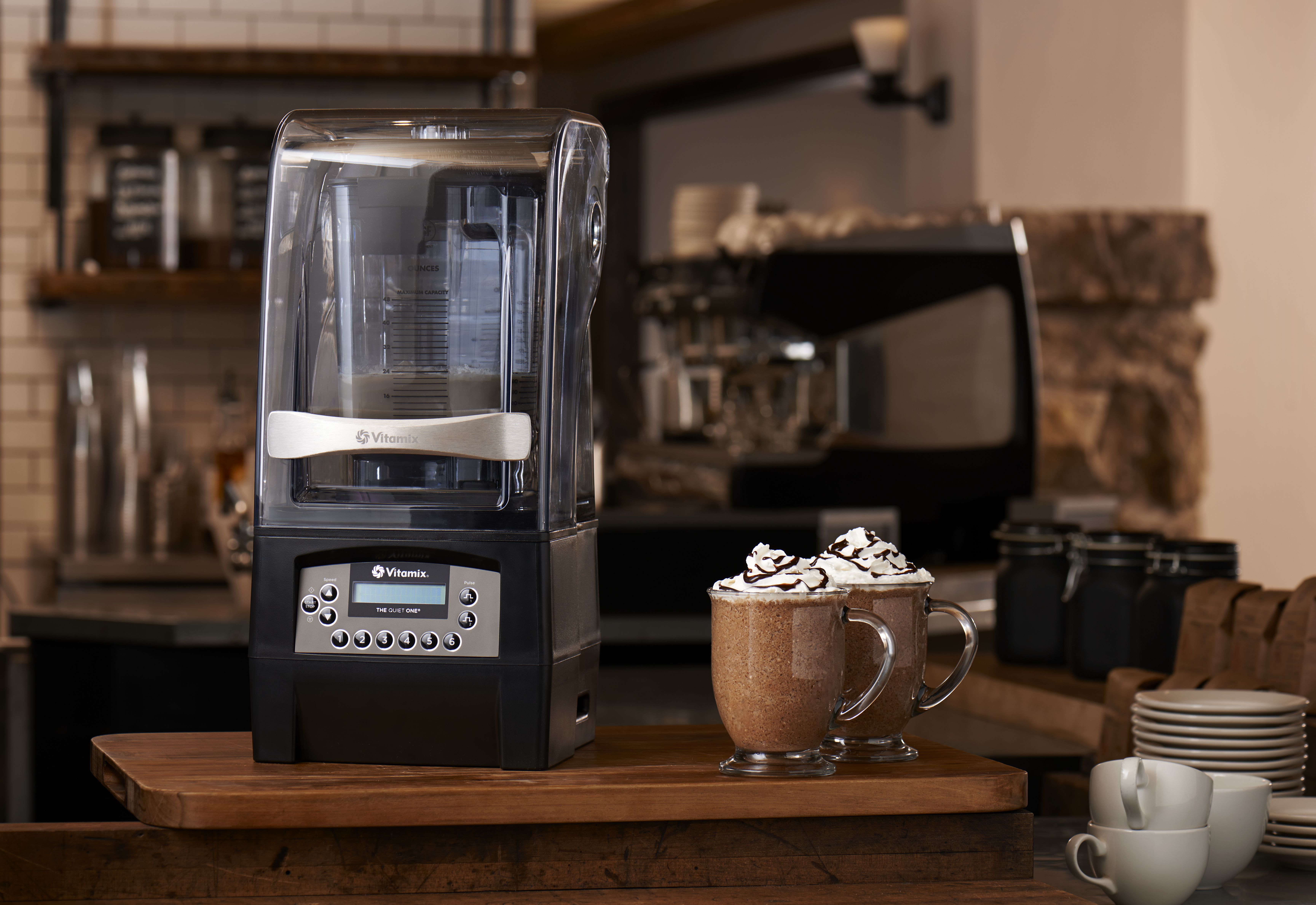
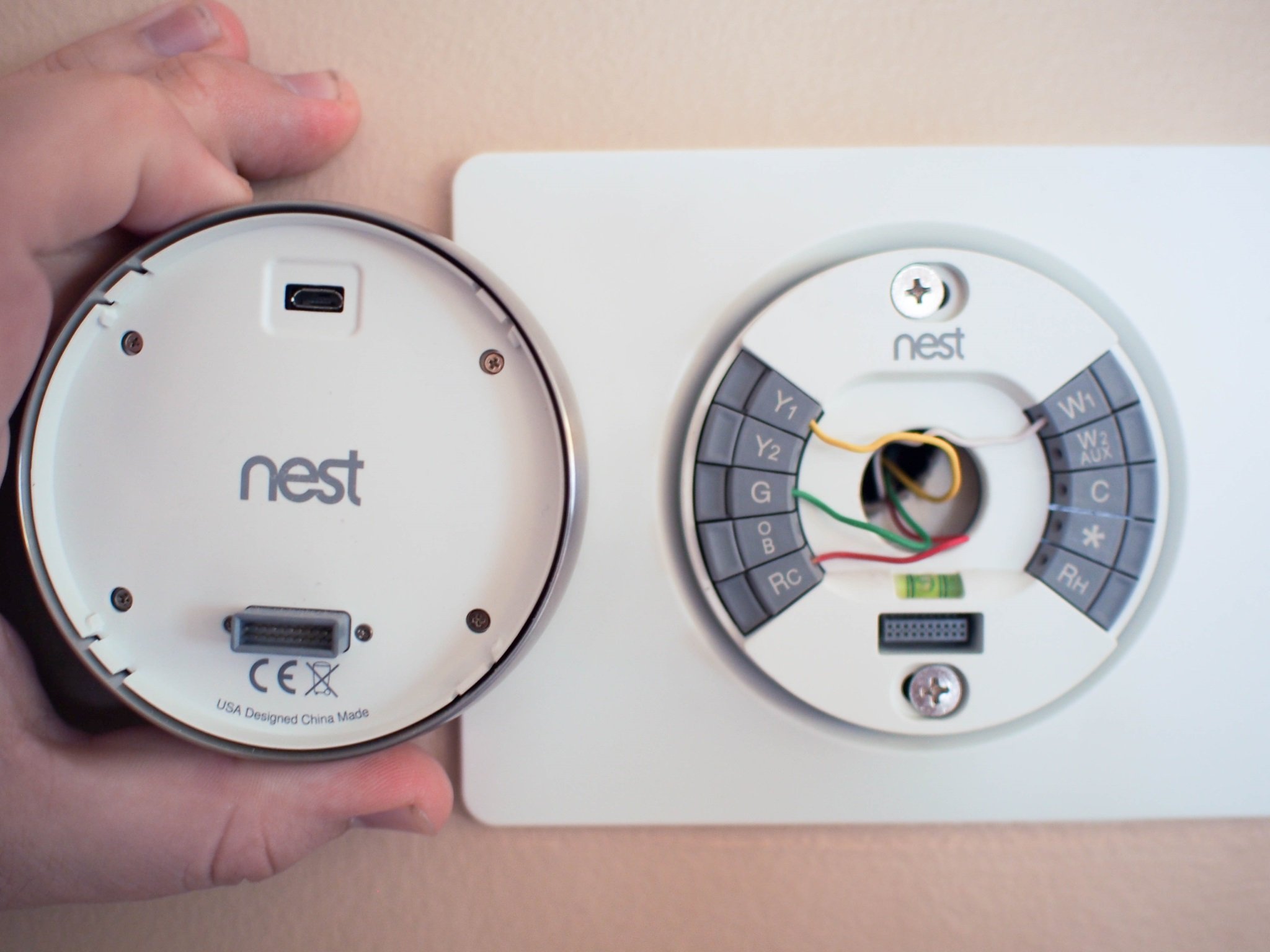

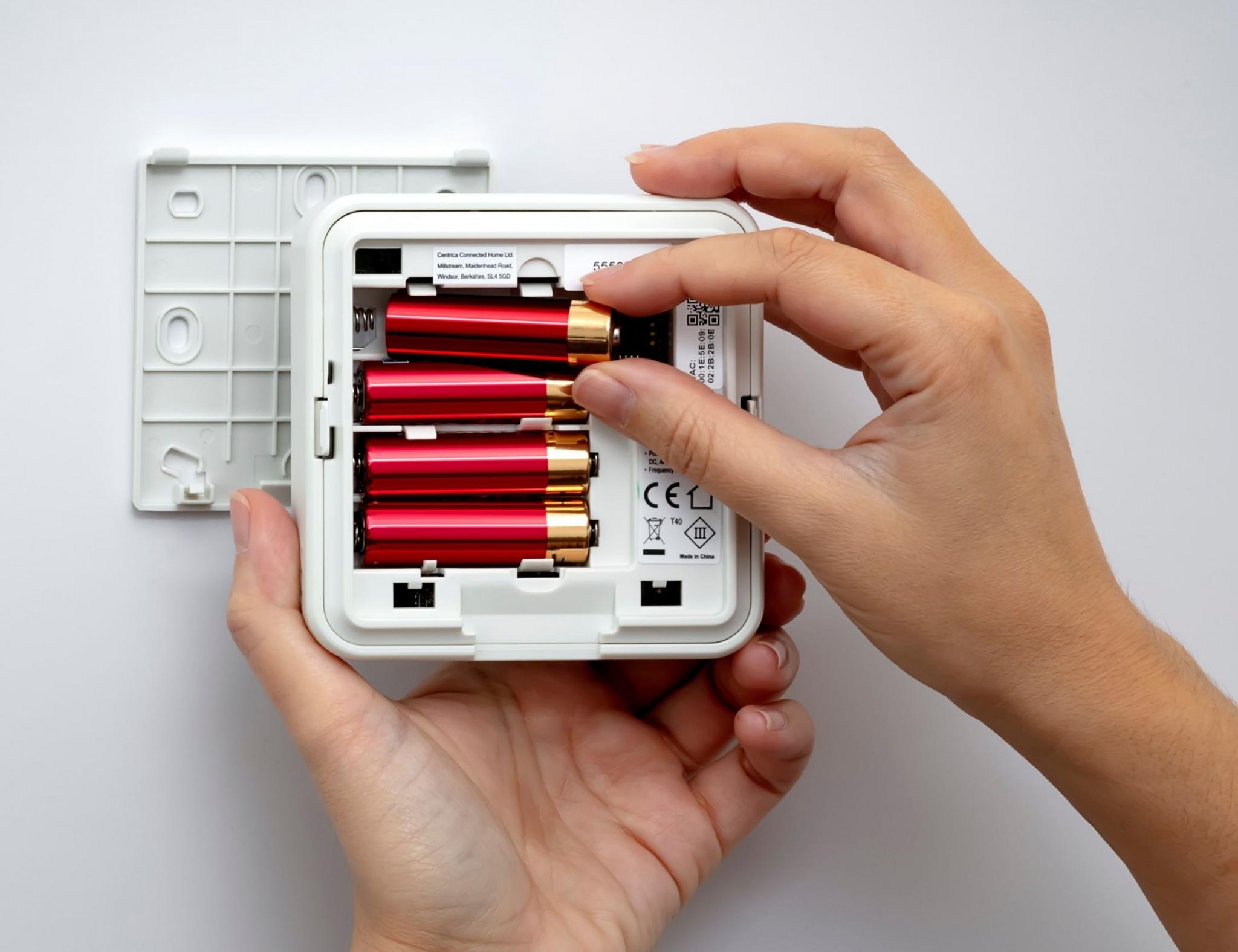
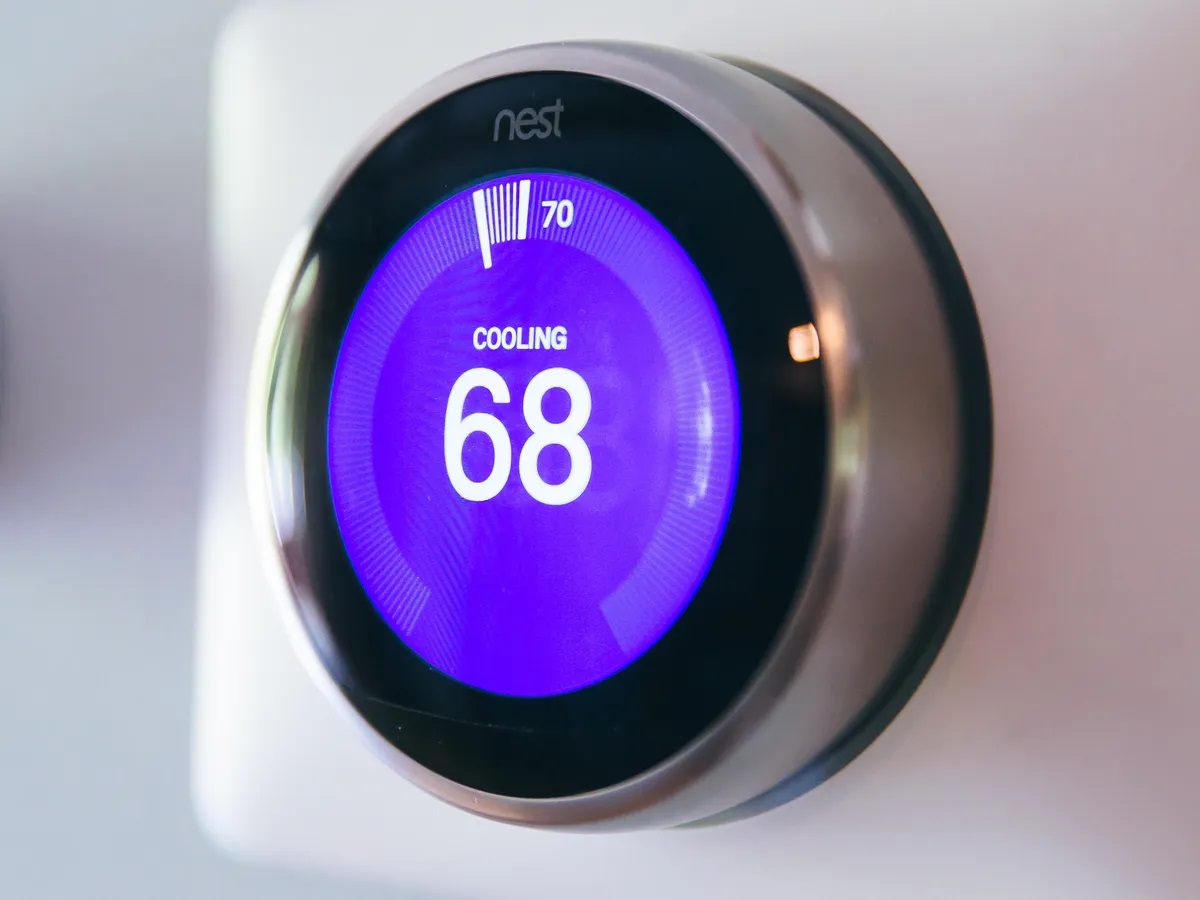
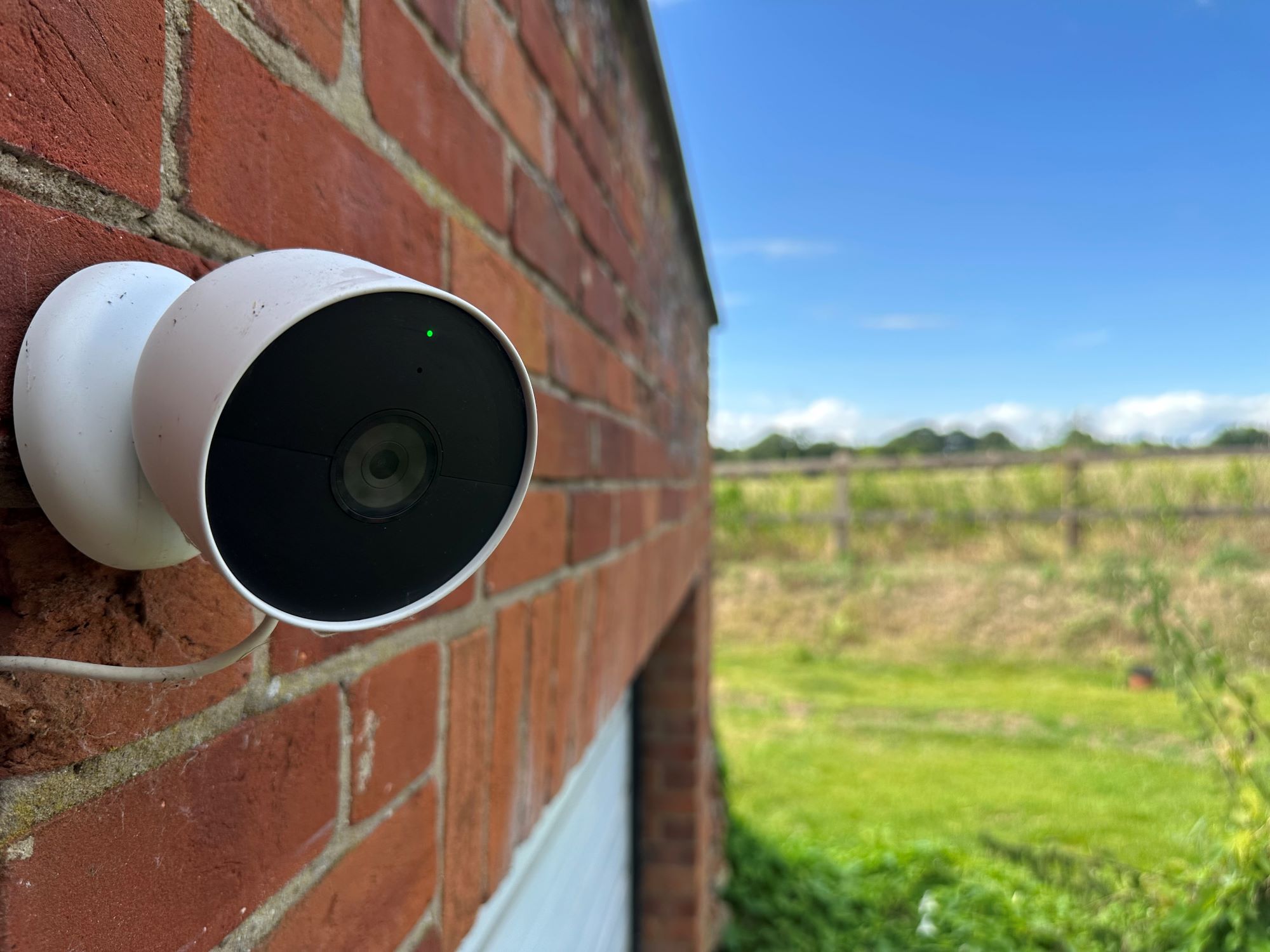
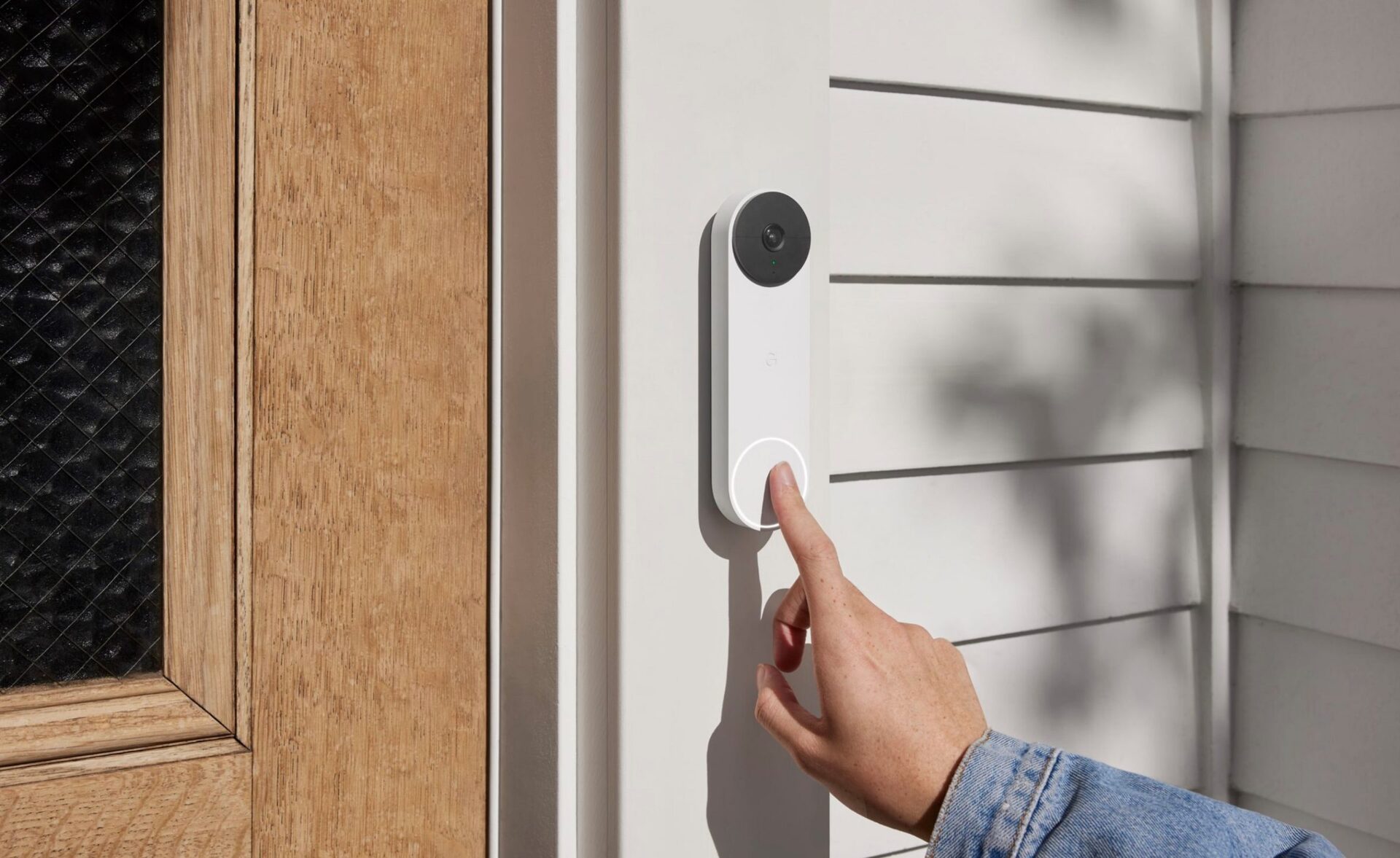
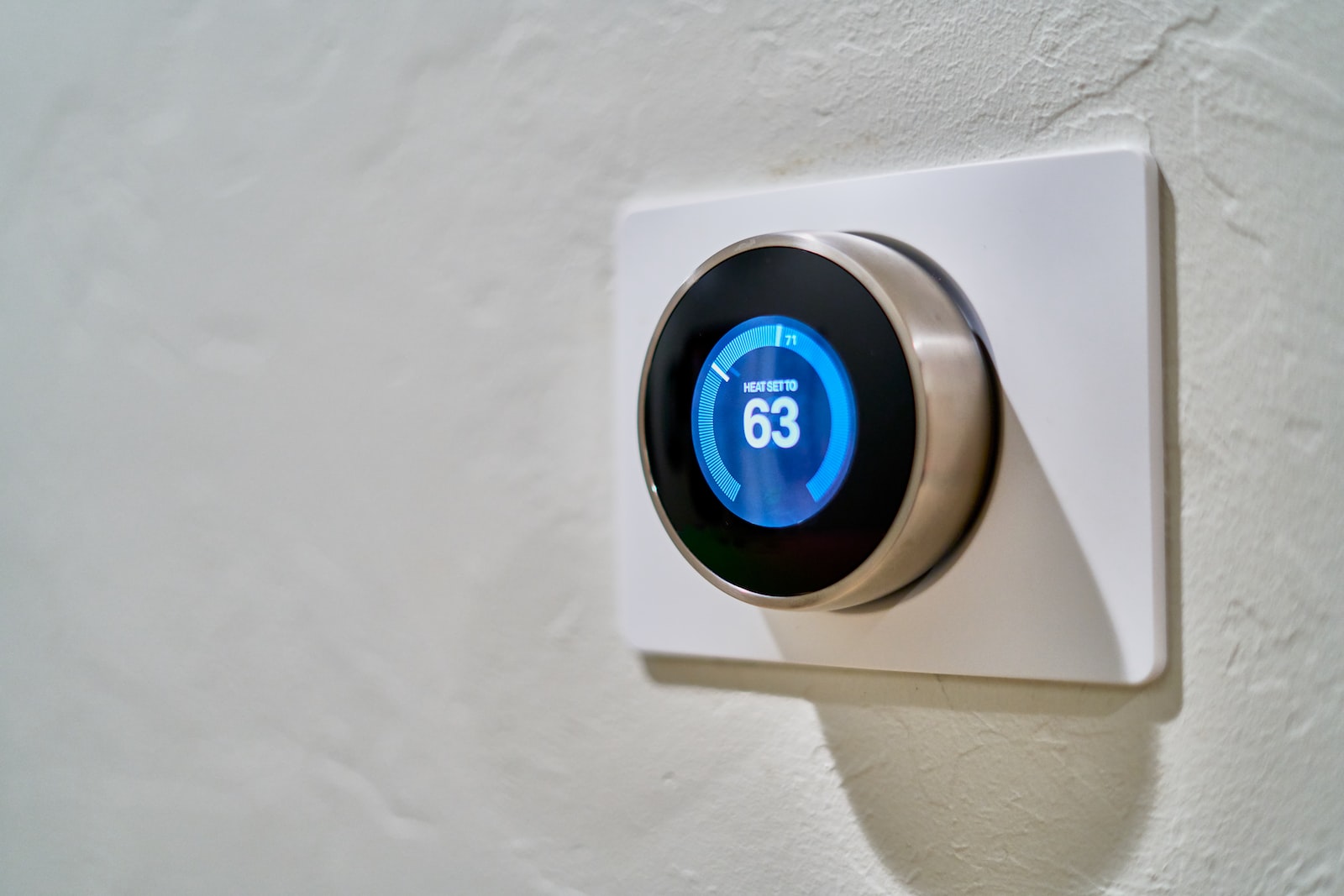

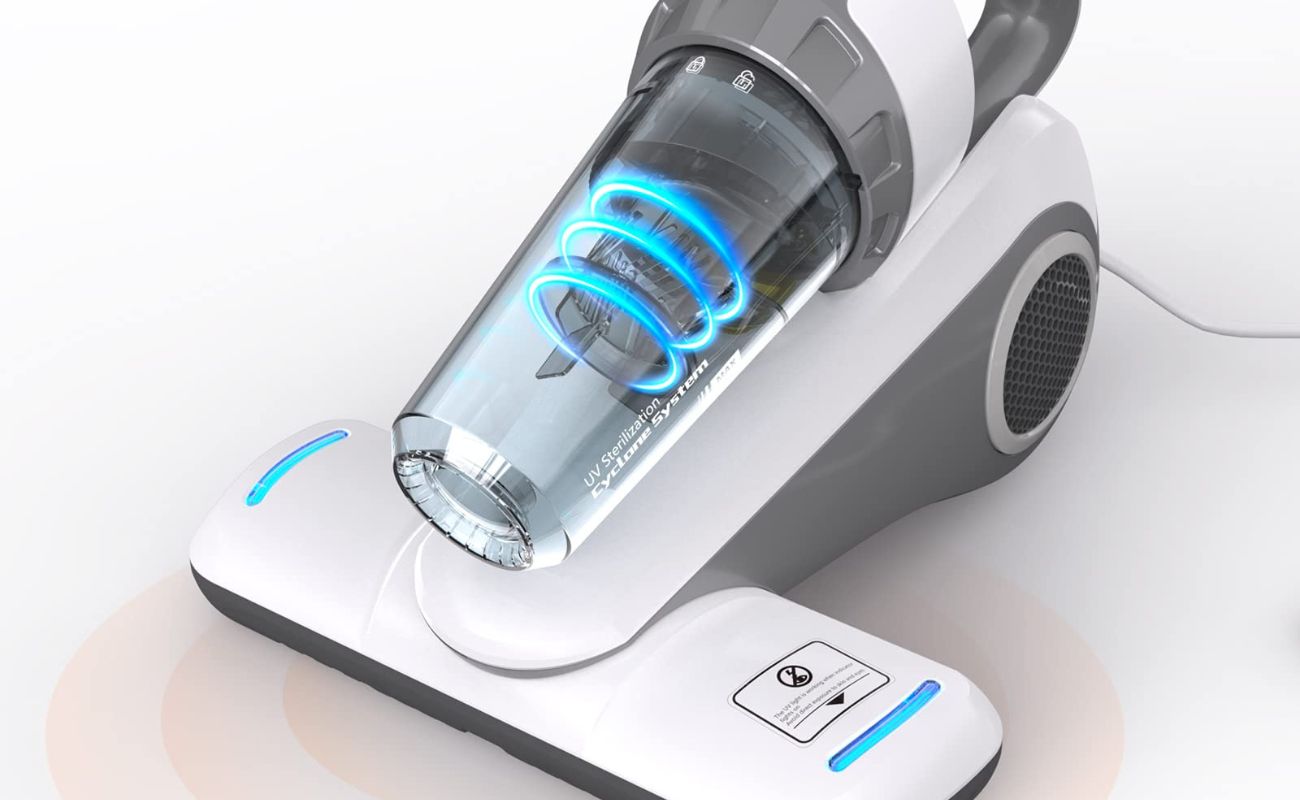

0 thoughts on “What Type Of Battery Does Nest Thermostat Use”